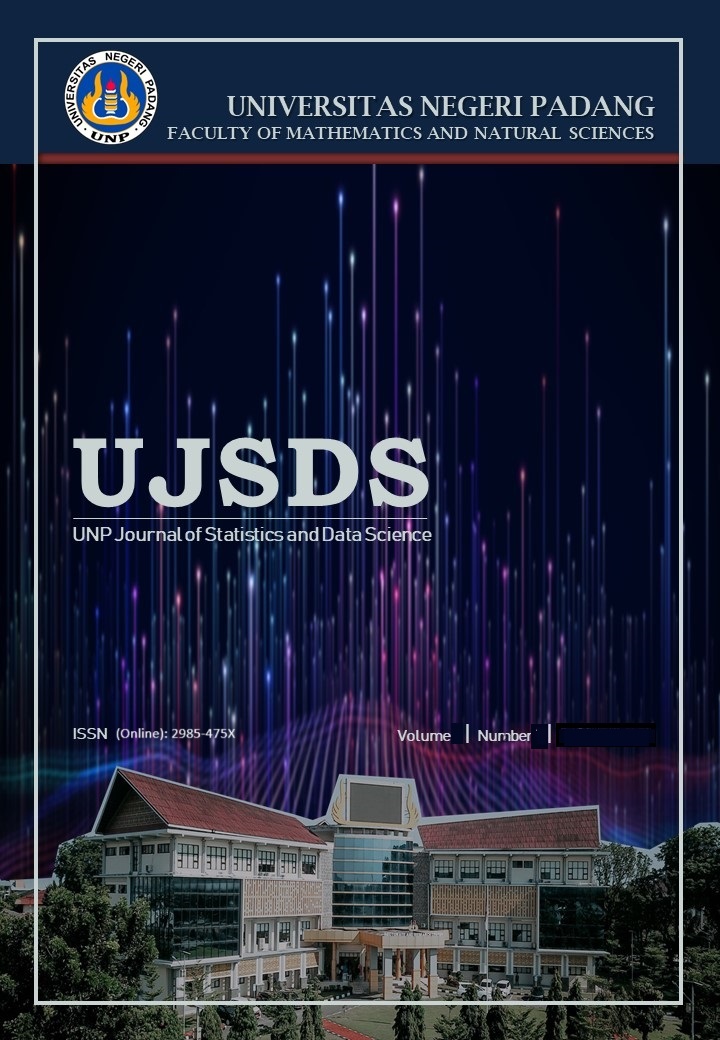Application of K-Modes Clustering Method to Identify Low Birth Weight Factors in Central Sulawesi Province
DOI:
https://doi.org/10.24036/ujsds/vol3-iss2/357Kata Kunci:
LBW, Clustering, K-Modes, Central Sulawesi, Risk FactorsAbstrak
Low birth weight (LBW) has long-term effects on maternal and child health, with a high prevalence in Central Sulawesi Province. This study aims to identify factors influencing the occurrence of LBW in the region using the k-modes clustering method. The data used in this research is derived from the 2017 Indonesian Demographic and Health Survey. The analyzed variables include the husband's education level, miscarriage rate, maternal smoking habits, child's gender, husband's occupation, type of residence, and wealth index. The analysis revealed two distinct clusters. The first cluster mainly consisted of husbands with a secondary education level or equivalent to junior high school, working in the agricultural sector, residing in urban areas, and having a medium wealth index. In contrast, the second cluster was dominated by husbands with only primary education or equivalent to elementary school, living in rural areas, and having a very low wealth index. The findings of this study emphasize the need for comprehensive efforts to improve education, enhance environmental conditions, and expand healthcare access to reduce poverty and lower the incidence of LBW in Central Sulawesi. This research also contributes to initiatives aimed at improving maternal and child health in the region.
Unduhan
Diterbitkan
Cara Mengutip
Terbitan
Bagian
Lisensi
Hak Cipta (c) 2025 Celsy Aprotama, Yenni Kurniawati, Muhammad Arief Rivano, Devi Yopita Sipayung

Artikel ini berlisensi Creative Commons Attribution 4.0 International License.










